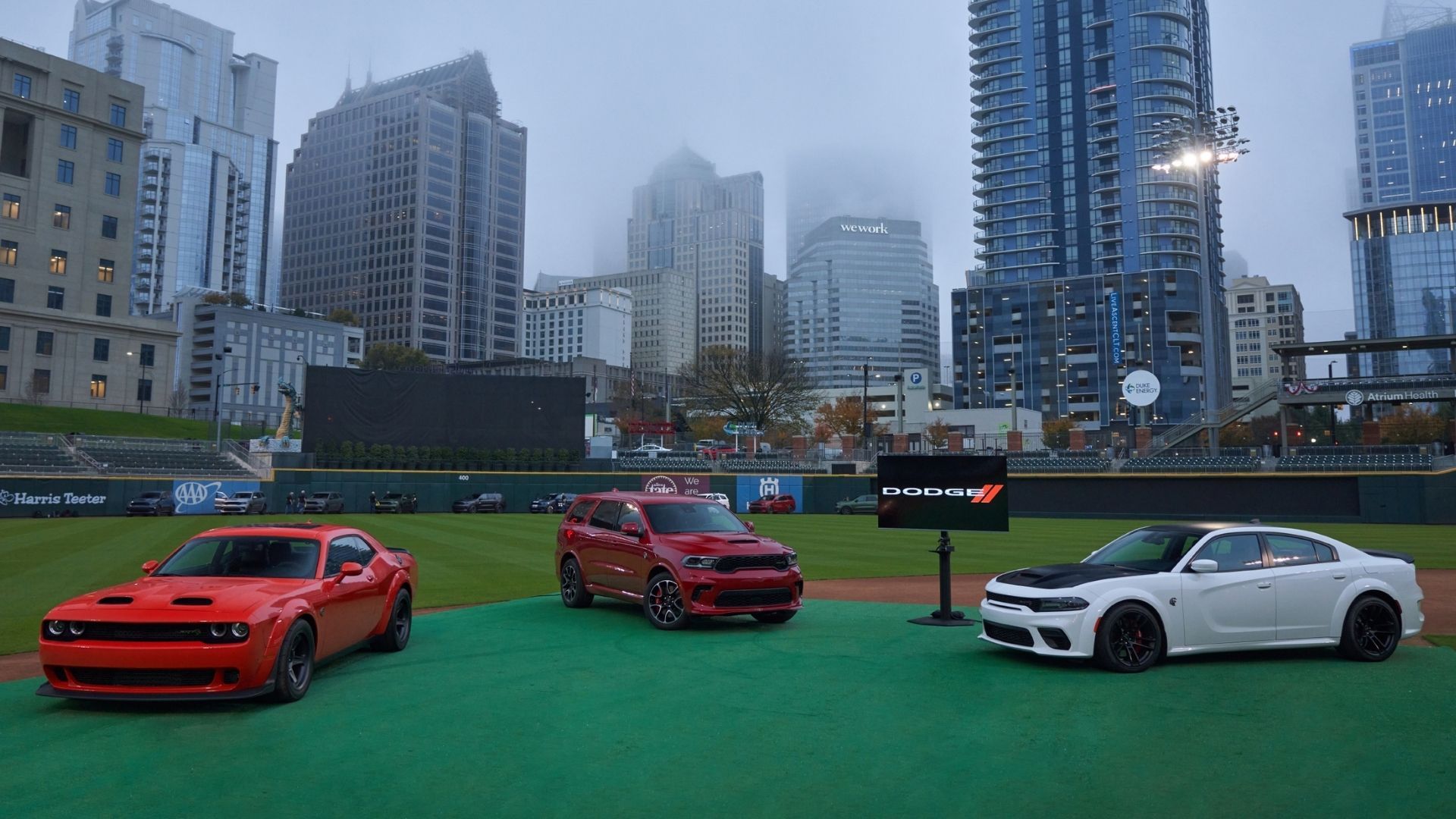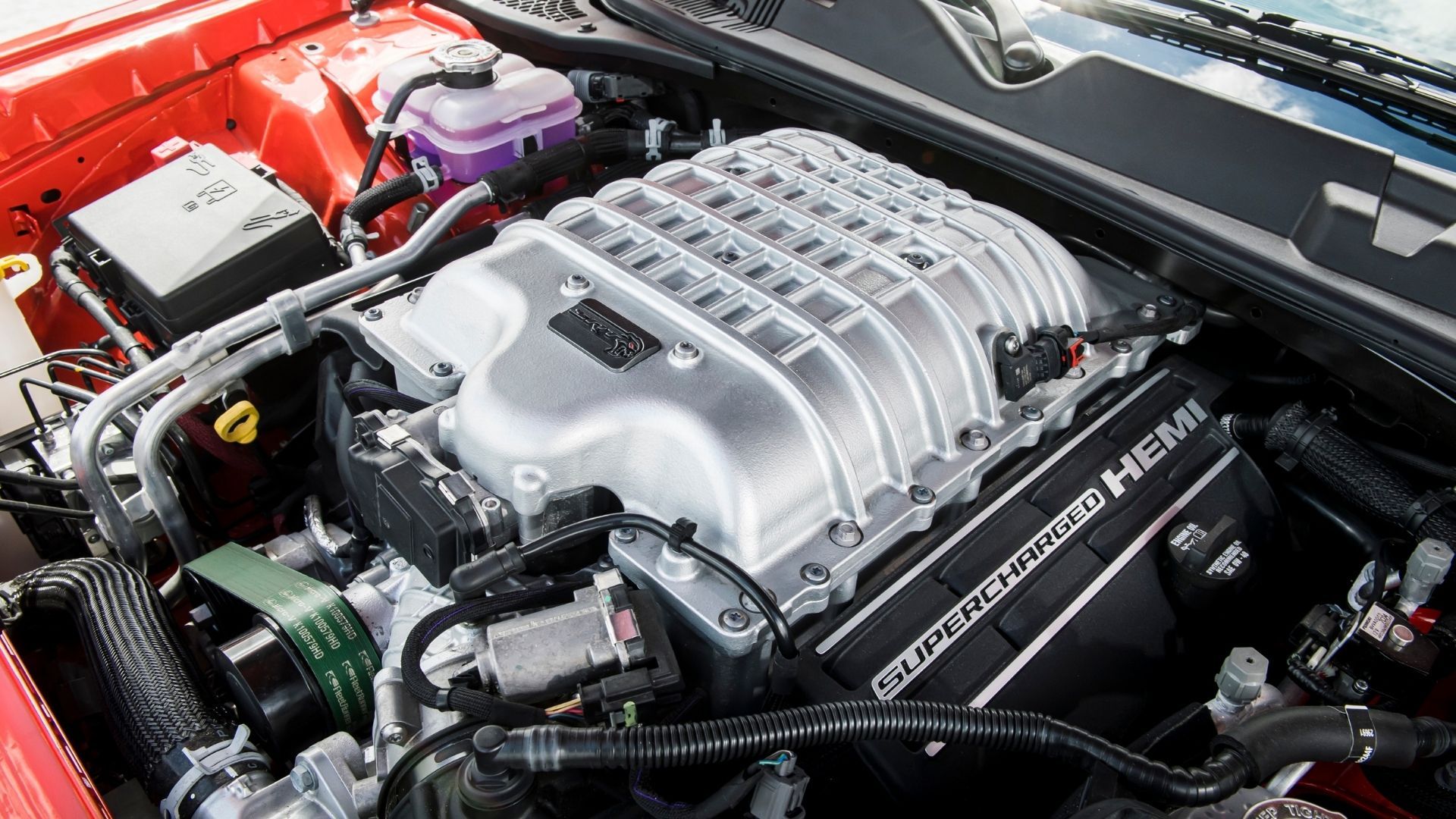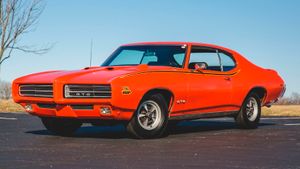Ask your doctor if Stellantis is right for you.
The newest old automaker is finally here, Stellantis, a merger between the already-merged Fiat Chrysler Automobiles (FCA) and French juggernaut Peugeot PSA. Many enthusiasts both here in North America and around the globe are anxiously wondering what this means for the future of their hobby and I'm here to tell you what’s known so far, as well as some speculation of what might be coming down the pipe in the near future.
On January 19, 2021 FCA and PSA officially merged to form Stellantis. Immediately, the company issued a press release declaring it a “world leader in sustainable mobility.” That kind of phrasing is exactly what makes so many enthusiasts moan because it’s been used so often as double-speak for strangling performance in the name of combating global warming.

Putting it lightly, Stellantis is huge. The company is literally spread all over the world with about 400,000 employees. By combining the sales of FCA and PSA, it’s the fourth-largest automaker globally. This means Stellantis has the ability to significantly impact the market with its product and marketing decisions, quite literally helping to shape the future of automotive enthusiasm for better or worse.
Don’t expect to start seeing Peugeot, Citroen, Lancia, or other PSA brands we don’t currently have in North America anytime soon. With the roaring success of Jeep, Dodge, and Ram in this market, such a move seems unnecessarily risky. Instead, it’s likely the company will try to strengthen Maserati, Alfa Romeo, and Fiat since they’ve floundered in this notoriously difficult market instead of opening the floodgates with more brands.
Mike Manley, the guy a lot of enthusiasts got to know and respect as head of Jeep before he rose to CEO of FCA, will now be Head of Americas for Stellantis. That might help provide some comfort as a guy who seems to “get it” will be protecting this market from too many crazy shifts. Perhaps just as important is Manley has been friends with former PSA CEO and the new CEO of Stellantis Carlos Tavares for quite some time, so he could have some considerable sway with the man at the top.

Dodge CEO Tim Kuniskis caused waves when he was interviewed by CNBC recently and said he thinks electrification won’t kill the current “Golden Age of Muscle Cars” we love so much, despite many fearing that’s exactly what’s coming. Instead, the man believes electrification could make the Dodge Challenger and Charger better. Some will say he has to say that since those in charge of various governments at the moment will likely try to kill V8 engines once and for all, ostentatiously to combat climate change. But Kuniskis sees blue skies ahead, not doom and gloom.
This statement has understandably angered many enthusiasts who have been thoroughly enjoying the many modern Mopars. Despite Kuniskis’ reassurances, many still feel the good times are about to come to an end, like when the previous Golden Age of Muscle Cars was abruptly killed at the beginning of the malaise era of the 1970s. Just like now, that was triggered by sweeping, dramatic government regulations put in place to fight air pollution and reduce fuel consumption, so the parallel doesn’t feel like a stretch.
According to Kuniskis, “the whole world is going to shift to electrification” and so that means Dodge must as well. This dovetails with the unification of FCA and PSA, since the French automaker has pushed plug-ins quite a bit, unlike FCA. No doubt, we’re going to see either rebadged PSA vehicles under the Dodge banner or PSA technology applied to future Dodge vehicles.

Is Kuniskis right, or is he trying to put a positive spin on a negative situation he has no control over? Everyone will have their opinion, but for now they’re just that, opinions. We’re in uncharted waters now. Anyone who tells you they know exactly what’s going to happen is either naïve or is trying to sell you something.
At the moment Stellantis is playing the same game as so many other automakers. It’s pumping everyone up for a technology which is admittedly in its infancy (ok, maybe toddlerhood now) and accounts for a small sliver of new car sales currently. Sure, they say it can be scaled quickly, but those are just words, not actions. Can automakers truly supply enough batteries to grow EVs into even 10-percent of annual vehicles sales? There’s serious doubt they can. However, governments around the world seem to think they can decree such a thing and it will happen. Those laws and regulations don’t solve the battery supply issue or the key questions about generating enough electricity to keep those cars charged, let alone building the infrastructure for conveniently charging them on the go. There are far more moving parts to the rollout of such impactful technology than the everything-is-sunshine-when-it-comes-to-EVs crowd would like everyone to believe. In fact, even Elon Musk, CEO of Tesla and regarded by many as the head of the EV movement admitted recently the adoption of the technology will take decades since electric cars will double the world's need for electricity. As I said before, we’re definitely in uncharted waters and nobody truly knows what’s around the next turn.
Check out the Tim Kuniskis CNBC interview for yourself.






